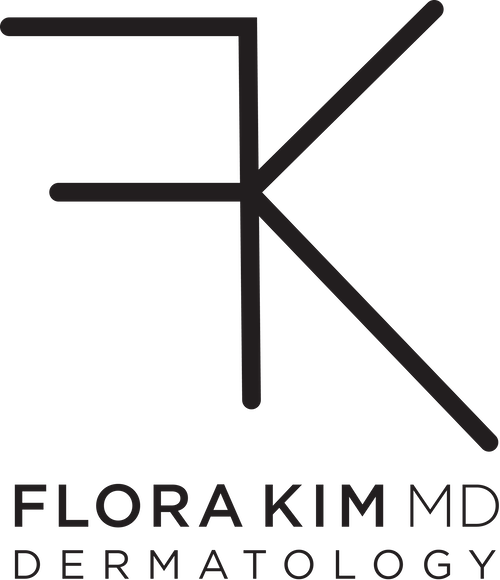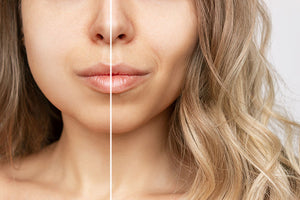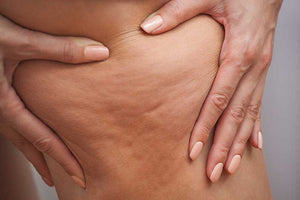How To Deal With Acne On Your Body

Breakouts on the body are not actually so different from breakouts on the face. All acne can show up in different forms (such as comedonal, inflammatory, pustular, cystic, etc), regardless of where on the body it is located. Like acne on the face, acne on the body can arise for various reasons — some of the main ones include:
Sweat: The skin is made up of a community of different types of organisms called microbes. Some of these microbes keep your body healthy while others cause problems. Excessive sweat can provide an overly moist environment, which allows for bad microbes to thrive — and can lead to acne. Pro tip: Showering immediately after physical activity will help wash away harmful bacteria and other overgrowth of other organisms.
Tight clothing: The friction from tight clothes can cause breaks in the skin (or even contribute to sweating!) that bacteria can enter and lead to a breakout. If you can not avoid tight clothing, try wearing breathable fabrics like cotton.
Hygiene: Make sure you use an effective, non-drying, non-irritating, and fragrance-free cleanser that is tough on microbes but easy on the skin.
Though acne is temporary, I always recommend patients see a board-certified dermatologist to help them devise a treatment plan sooner than later — especially because it is much easier to prevent scarring than it is to treat scarring.
The good news, however, is that because the skin on our bodies is much thicker and tougher than the delicate skin on our faces, we can treat breakouts on the body more aggressively than breakouts on the face. Still, the active ingredients used to treat acne on the face are the same ones used on the body – though you can use higher, more powerful concentrations of them on your body. I recommend the Cln Dermatologics Body Wash, which is a great option for all skin types, and includes sodium hypochlorite, an anti-microbial, anti-inflammatory ingredient that helps fight bacterial acne, without stripping or over-drying the skin. For those with more chronic acne, oily skin, or male patients, I recommend the Cln Dermatologics Pro Strength Wash — a stronger formulation (exclusive to physicians only) with salicylic acid and sodium hypochlorite.
The best ingredients to treat body acne include:
- Salicylic Acid — a BHA known for its ability to penetrate the skin and unclog pores
- Glycolic Acid — an AHA that helps speed up cell turnover
- Benzoyl Peroxide — an ingredient that helps kill acne-causing bacteria
- Tea Tree Oil — a natural ingredient with antibacterial and anti-microbial properties to help prevent and treat breakouts
- Sulfur — an ingredient that helps absorb excess oil and unclog pores
Just be careful not to overdo it. While it can be tempting to be harsh on acne, doing so can backfire and result in skin that is even more inflamed, angry, and even, paradoxically, producing even more oil. I always recommend that even my patients with acne-prone skin on the body use moisturizer (I love Bioderma’s Atoderm Ultra-Soothing Balm). One great trick? Because hydration is important and most moisturizers could feel or be too heavy for acne-prone skin, I recommend Avene’s Thermal Spring Water Mist which also helps to strengthen your skin’s all-important protective microbiome.







